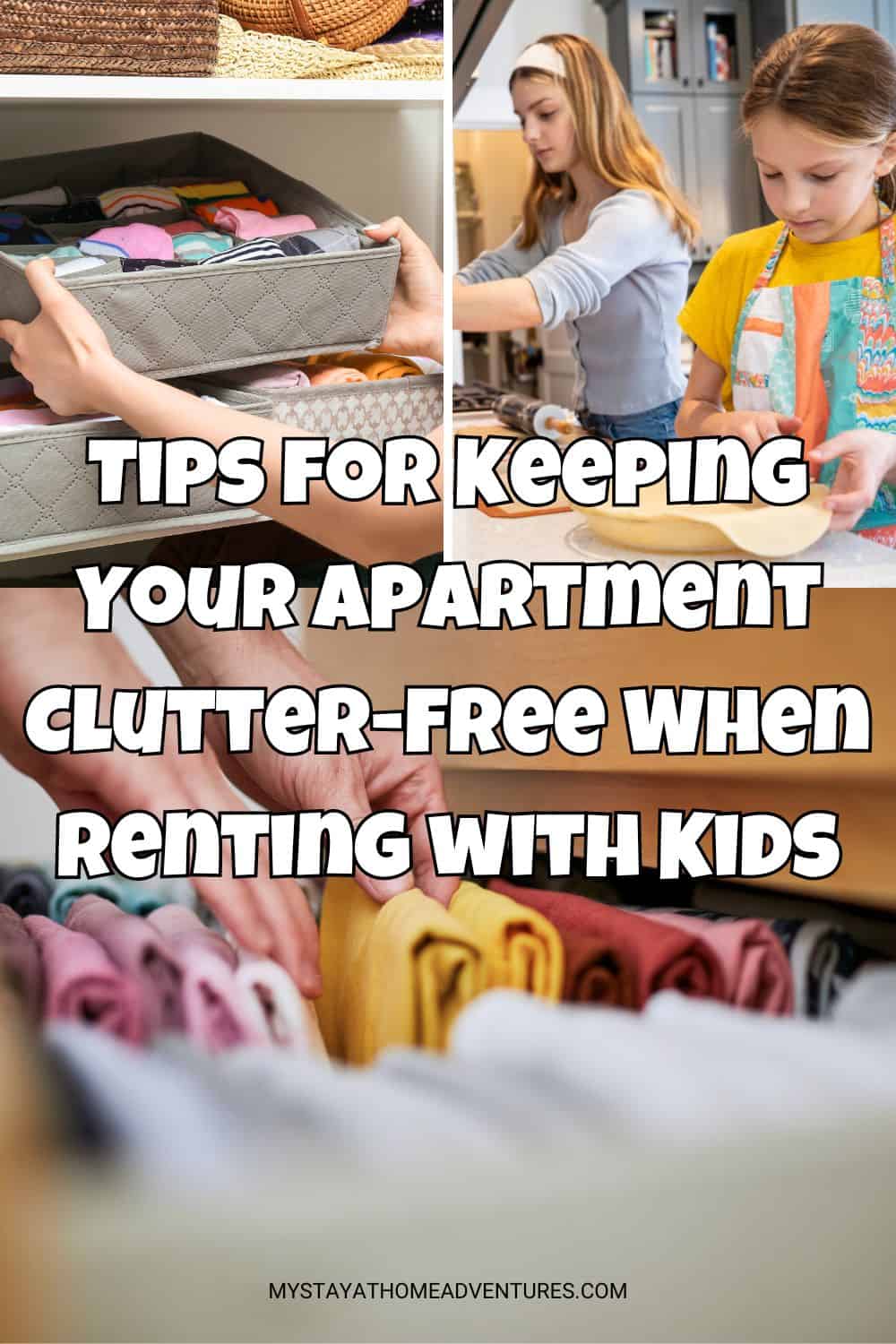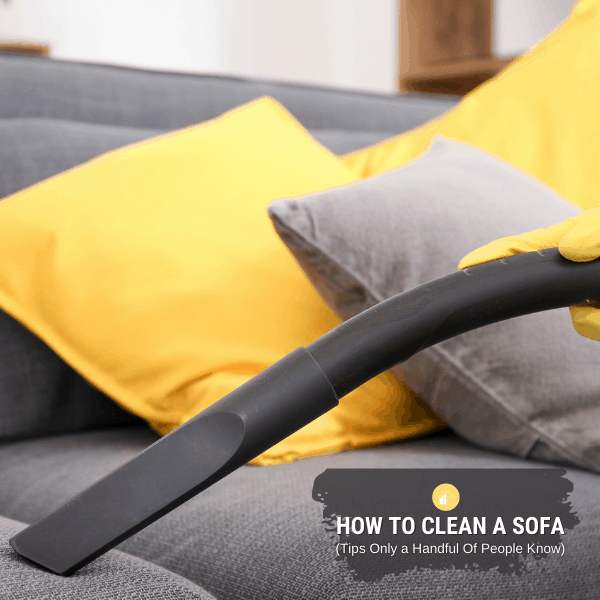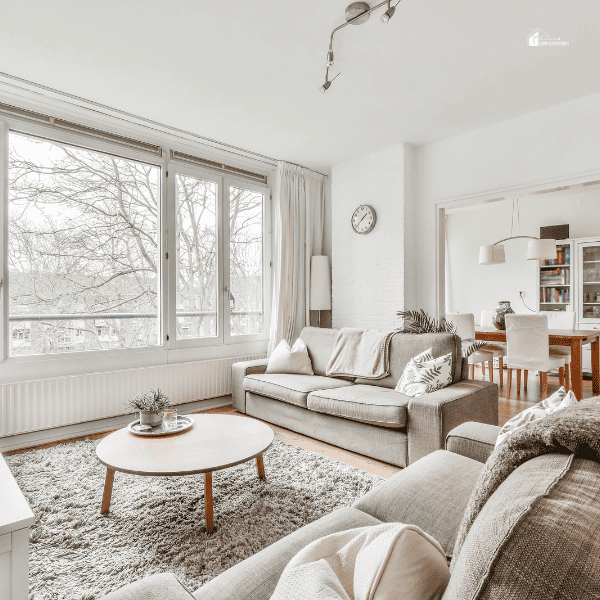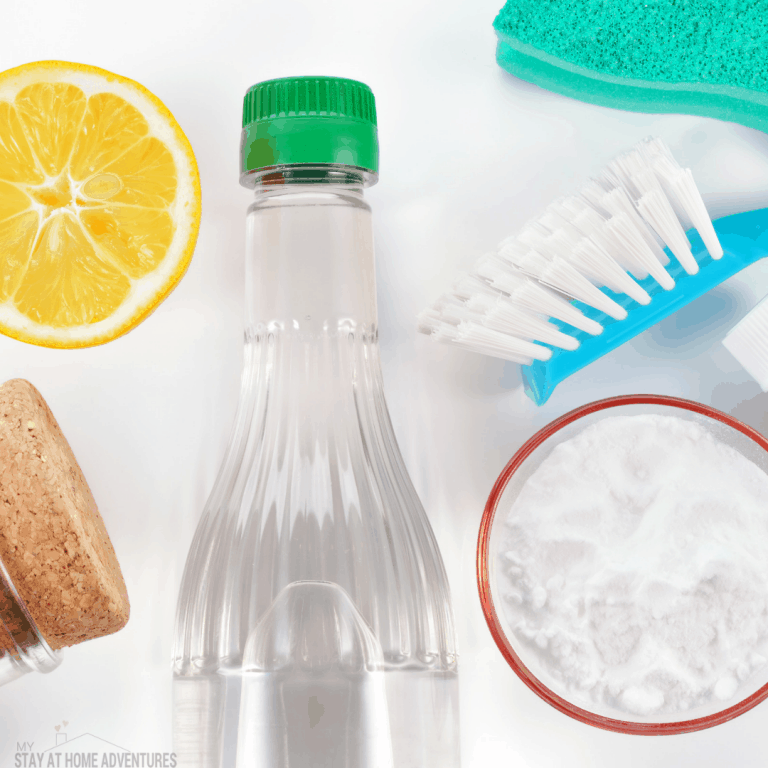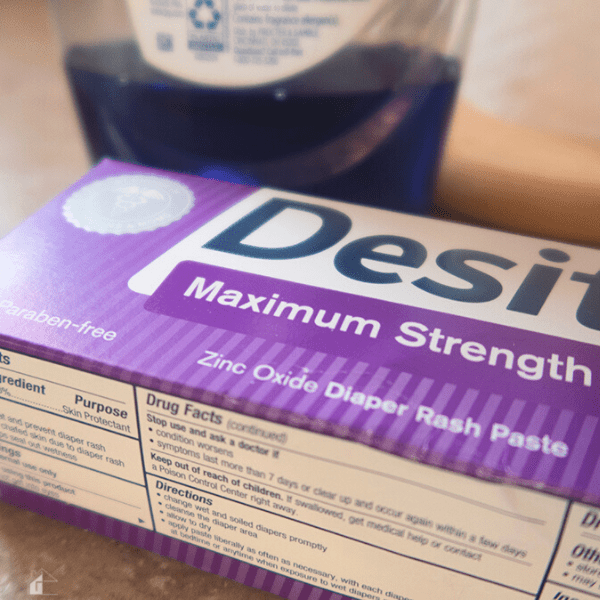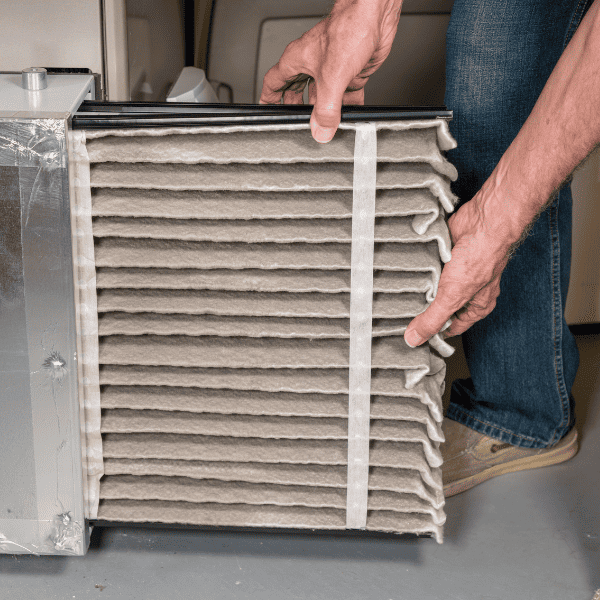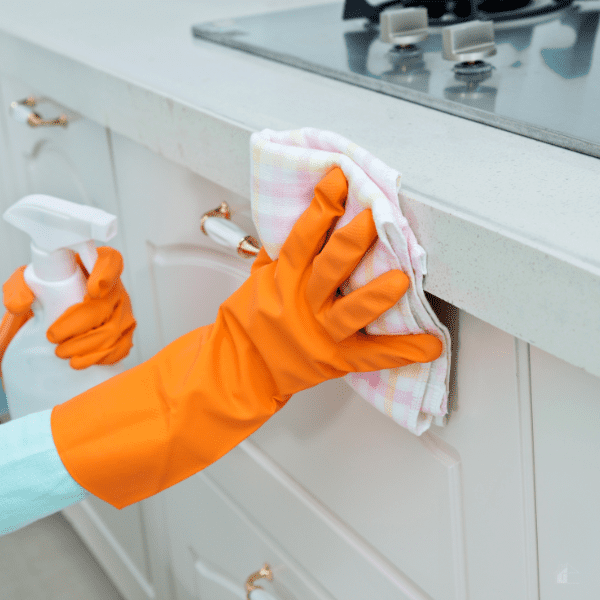Tips for Keeping Your Apartment Clutter-Free When Renting with Kids
This post may contain affiliate links which might earn us money. Please read my Disclosure and Privacy policies hereYou’re working hard to keep your apartment clutter-free, but you’re living with kids, so you know that a clean and organized look will probably not last. Keeping an apartment organized while renting with kids can be a challenge. Space is often limited, and children have a way of filling up every nook and cranny with toys, books, and art projects.
But that doesn’t mean there’s no solution. With some strategic planning and a few practical tips, you can keep a tidy and organized home, and also maintain it for longer than a few hours. If you reduce clutter in your home, you can also reduce stress and improve your family’s overall well-being. In this article, we explore just how you can do that, with a few practical tips.
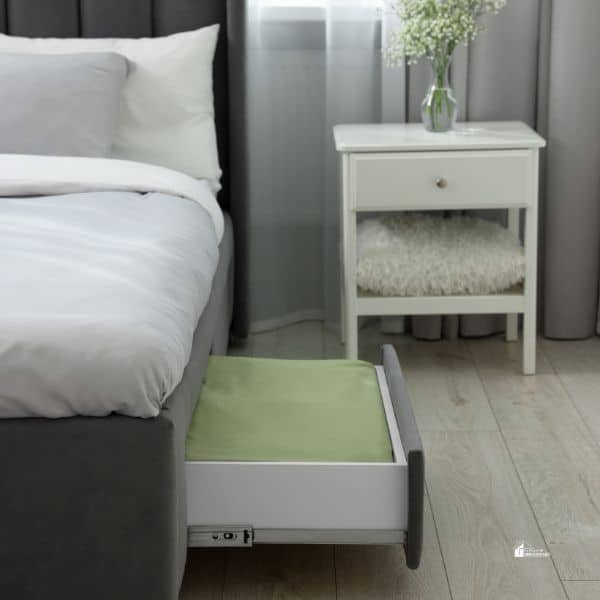
1. Choose Multifunctional Furniture
If you’re renting an apartment unfurnished and can pick up your own furniture, opt for furniture that can serve multiple purposes, especially if you think about the larger pieces like sofas or beds that take up a lot of space anyway. Look for beds with built-in storage drawers, ottomans that have hidden compartments, and benches that double as toy boxes. These pieces can reduce clutter and offer discreet storage spaces for extra items, including your children's stuff.
2. Include Everyone in Routine Declutter Sessions
Set a regular schedule for a larger decluttering session, maybe once a month or at the end of each season. This is a very important step when renting with kids, because you don’t want to accumulate too much stuff over time. Involve your children in the process to teach them the value of keeping their space organized and the importance of letting go of items they no longer use or need. Make it a fun family activity with music and small rewards for tasks completed. This ties really well into the next few tips.
3. Downsize the Toy Collection
Keep the number of toys in check by implementing a one-in, one-out policy. When a new toy comes in, an older one has to go. This policy keeps the toy collection from growing uncontrollably and teaches kids to make thoughtful decisions about their things.
4. Establish Daily Clean-Up Routines
Make tidiness a daily habit. Encourage your children to put toys and books back in their designated spots before bedtime. This not only keeps your home neater but also instills a sense of responsibility and routine in your kids, which can really help them become more well-rounded. It might seem like a chore, but children respond really well to being offered a role they can be responsible for.
5. Establish a ‘Lost and Found' Bin
Kids often misplace items around the house, leading to clutter. Setting up a ‘lost and found' bin in a common area encourages family members to place found items in one spot. This helps in reducing clutter and teaches kids to check the bin for their lost items before declaring them missing. Regularly review the contents of the bin together to decide what should be returned, donated, or discarded.
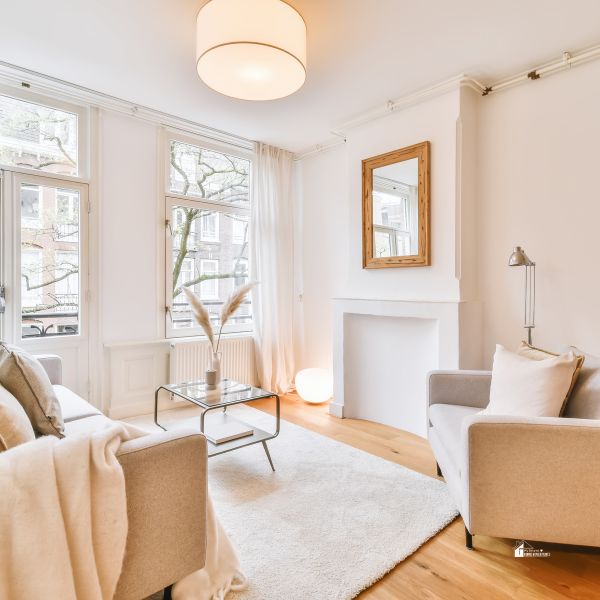
6. Promote a Minimalist Mindset
Teaching children the value of minimalism can have long-lasting effects on their ability to stay organized and clutter-free. Encourage them to keep only what they truly need and use regularly, explaining why less is often more. This mindset helps prevent unnecessary accumulation of items and makes it easier for them to clean and organize their personal spaces. Plus, a minimalist approach can make the apartment feel more spacious and calming for everyone.
7. Use Vertical Space to Its Fullest
When you feel like you’ve run out of space, look up. Especially when you’re renting an apartment, you want to make sure you take advantage of all the space you have available. Shelving units, wall-mounted cubes and hooks can maximize storage on the vertical plane. High shelves are particularly useful for keeping fragile items or adult-only materials out of children’s reach. And you can use lower hooks to offer your kids a dedicated space to hang up coats and backpacks.
8. Create a Kid-Friendly Zone
Designate a specific area of your apartment as a kid-friendly zone where your children can store their toys and play freely. This approach limits the mess to one area and makes it easier to tidy up quickly. Use colorful bins and baskets to make cleaning up more appealing to children, and label them appropriately. To this point..
9. Implement Clear Storage Labels
Clear labeling is crucial in maintaining an organized home, especially when kids are involved. Use labels on boxes, bins, and shelves to specify where each item belongs. For young children, consider using picture labels alongside words to help them recognize where things go even before they can read. This strategy not only keeps the space organized but also aids in literacy as they learn to associate words with images and objects.

10. Optimize Closet Organization
Maximize space in your closets by using slim, non-slip hangers and double-hanging rods. Add over-the-door organizers for accessories and small items. And rotate clothes seasonally, while storing off-season items in vacuum-sealed bags tucked under beds or on high closet shelves.
11. Use Hidden Storage Solutions
Look for hidden storage opportunities in your apartment. For instance, the space under a crib can hold bins of baby supplies and toys, while the area under a dining table can house baskets of art supplies or homework materials when kids aren’t using them.
12. Be Strategic About Decor
Choose decorations that are both beautiful and functional. For example, a large decorative basket can hold throw blankets or double as a toy box. Use decor items that also serve a storage purpose to keep surfaces clear and the room looking stylish. Plus, you can invest in nice picture frames that open up, to create a gallery wall and display your kids’ drawings on rotation. This will make them feel good, while also encouraging them to be creative and embrace their whimsy.
13. Involve Your Children in Organizational Decisions
When children feel involved in any decision, they are more likely to adhere to the outcome and participate, also with enthusiasm. Let them choose some of the storage solutions or help decide where things should go. This can make them feel more connected to the home and more responsible for keeping it tidy.
Benefits of Involving Children in these Tasks
If you involve your children in household chores like cleaning and organizing, you offer them cognitive benefits that extend well beyond the simple accomplishment of the tasks themselves. Engaging in these activities helps children develop critical thinking and problem-solving skills, as they learn to categorize items and determine the most efficient methods for cleaning. Such responsibilities also enhance their ability to plan and prioritize, skills that are pivotal for academic and life success. Plus, these activities can also help promote their fine motor skill development early on.
Also, chores introduce children to the concept of sequential steps and consequence management, fostering their executive functioning skills. This practical involvement boosts their independence and self-esteem, giving them tangible proof of their skills and the important role they play within the family unit.
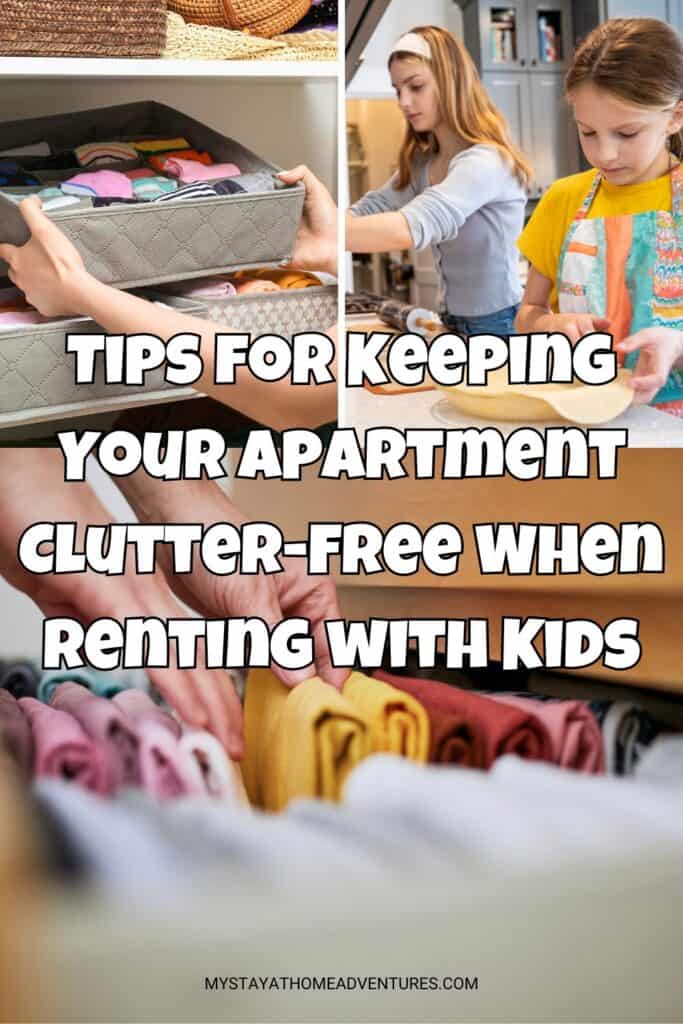
Conclusions
Use these tips and strategies to create a living space that feels organized and spacious, even if your home is prone to a little chaos. A clutter-free apartment is within reach, and it can make your home a more peaceful and enjoyable place for everyone. It's all about finding the right balance that takes into account your family's lifestyle and that allows your apartment to be a relaxed place.

